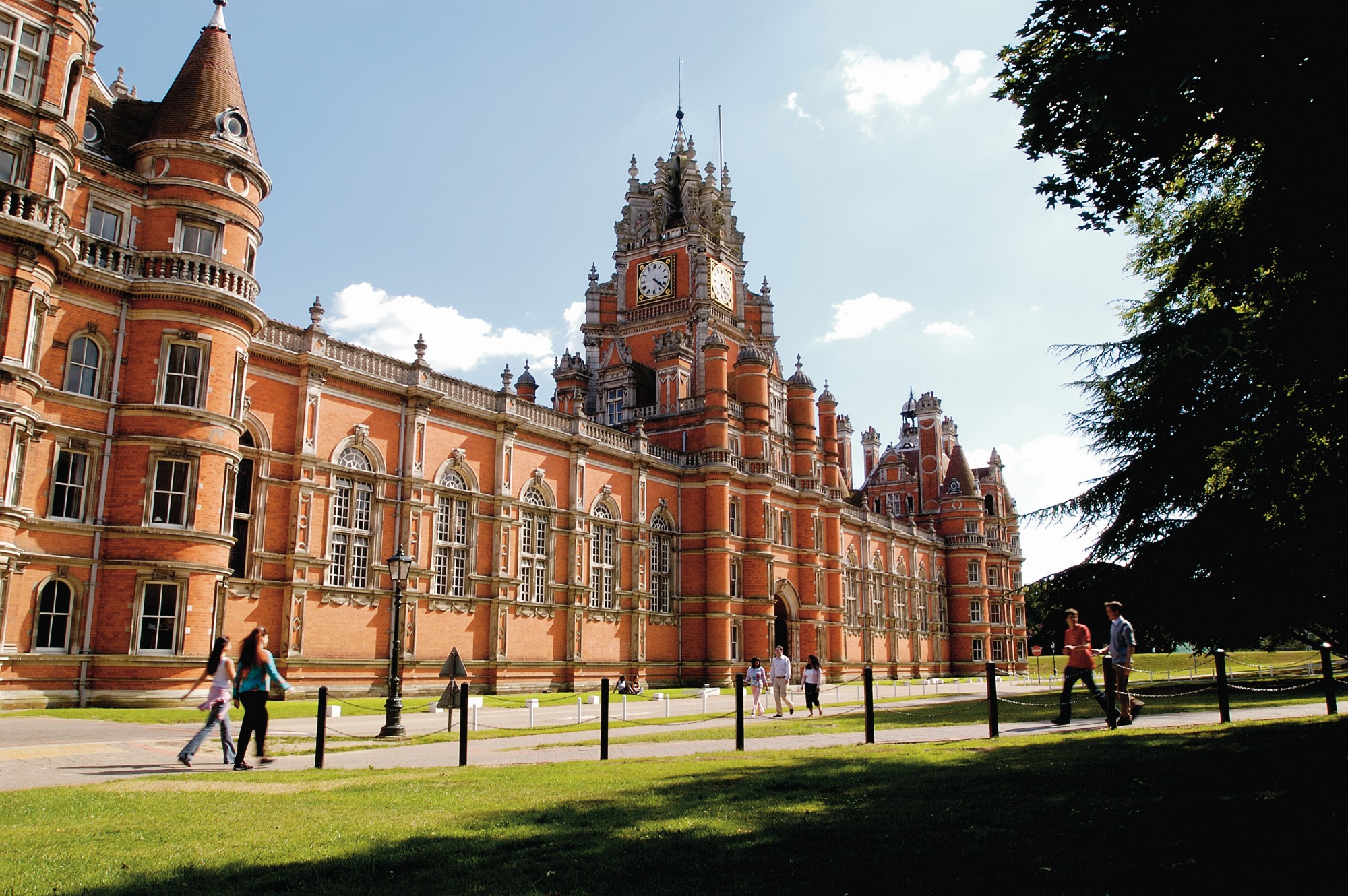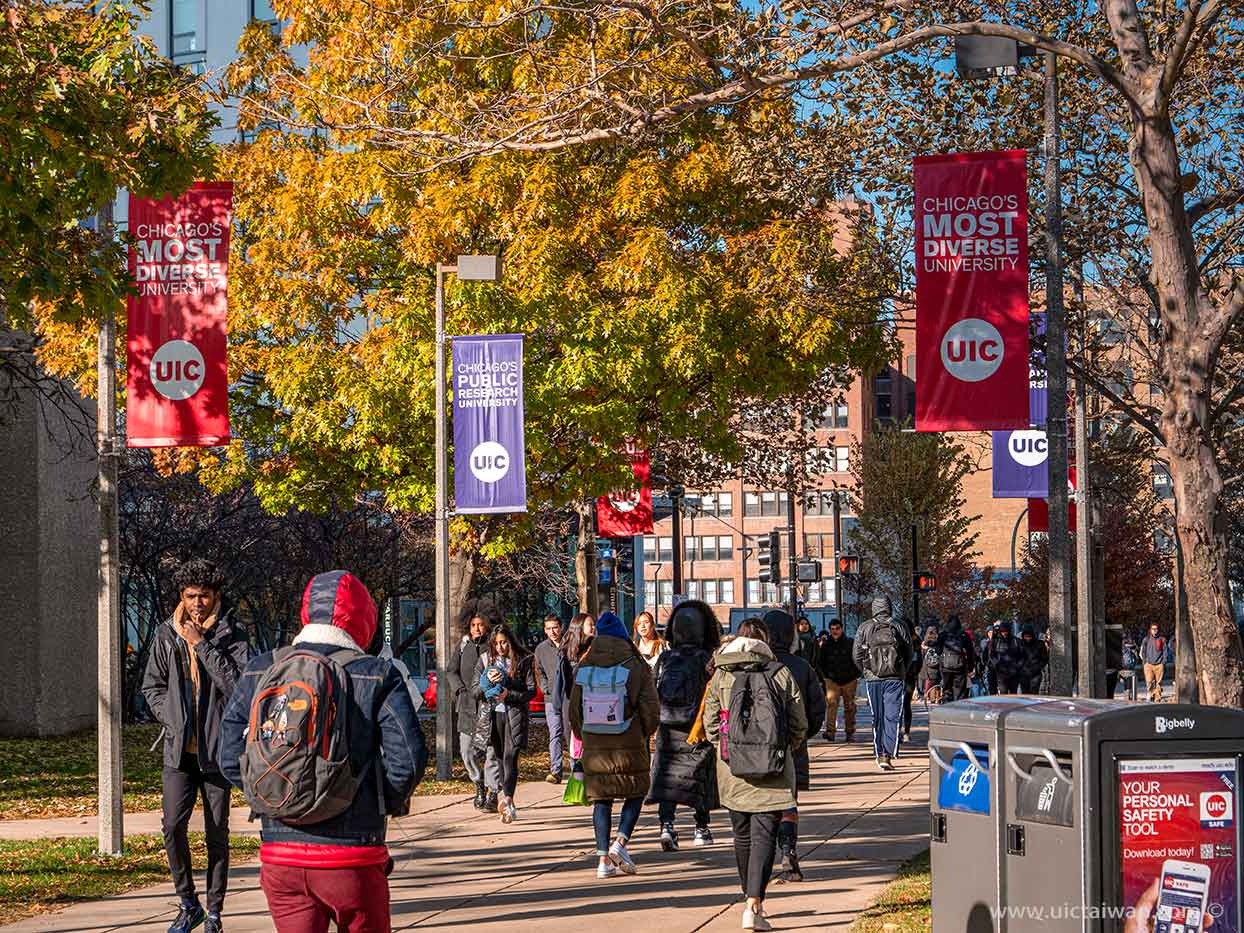When it comes to studying in the U.S., besides the glamorous reputation of top schools, many people immediately think of the high tuition fees. The impression that studying in the U.S. is expensive stems from the fact that most prestigious universities are private, such as Harvard and Yale. However, this does not mean that only private schools offer high-quality education. In fact, there are many public universities in the U.S. that provide education on par with the Ivy League, but with much more affordable tuition. Below, we introduce some of the famous public universities in the U.S. for those who have delayed their study plans due to budget concerns!
Are There Prestigious Public Universities in the U.S.?
Private universities in the U.S. are often known for their abundant resources, lower student-to-teacher ratio, and high degree of internationalization, which has built their reputation among international students. However, there are many public universities that have been highly ranked for their quality of education, such as the University of California, Los Angeles (ranked 20th in the 2022 U.S. News rankings), which is a public university, closely following Cornell University, an Ivy League school, ranked 17th.
If you want to know which public universities in the U.S. offer excellent education, there’s no need to search through individual rankings. You can directly refer to the "Public Ivy League" list, a term often used by American high school students, and filter out the public universities worth considering.
What is the "Public Ivy League"?
The term "Public Ivy League" is a popular expression that refers to public universities whose teaching quality is comparable to that of the famous Ivy League schools in the U.S. It was first introduced in 1985 by Richard Moll, then director of admissions at several universities, in his book "Public Ivies: A Guide to America's Best Public Colleges and Universities." Initially, he listed eight schools based on the Ivy League model. After 2001, another book titled "Public Ivies: The Flagship Colleges and Universities" expanded the list to include 30 schools. These include (with their 2022 U.S. News ranking):
- University of California, Los Angeles (20)
- University of California, Berkeley (22)
- University of Michigan (23)
- University of Virginia (25)
- University of California, Santa Barbara (28)
- University of North Carolina at Chapel Hill (28)
- University of Florida (28)
- University of California, San Diego (34)
- University of California, Irvine (36)
- University of California, Davis (38)
- College of William and Mary (38)
- University of Texas at Austin (38)
- University of Wisconsin-Madison (42)
- University of Illinois Urbana-Champaign (47)
- University of Georgia (47)
- The Ohio State University (49)
- University of Miami (55)
- University of Maryland, College Park (59)
- University of Washington (59)
- Pennsylvania State University (63)
- University of Iowa (63)
- Michigan State University (64)
- University of Pittsburgh (64)
- Indiana University Bloomington (65)
- University of Connecticut (66)
However, as the name "Public Ivy" becomes more widely known, some public universities with excellent academic performance have begun to call themselves or are referred to as Public Ivies. For example, the Georgia Institute of Technology, ranked 38th in the nation, although not listed as a Public Ivy, has long met the qualifications to be included in the list.
The Three Major Public Ivies
Among these 30 schools, three are often called the "Three Major Public Ivies" due to their high admission thresholds, top rankings in specific academic fields in the U.S., and outstanding alumni achievements. These three schools are:
- University of California, Berkeley: Nearly all key subjects, such as mathematics, chemistry, and economics, are ranked in the top three in the U.S.
- Michigan State University: Known for academic fields such as journalism, social work, mass communication, and nuclear physics.
- University of Illinois at Urbana-Champaign: Its STEM disciplines are world-class, especially civil engineering, which is ranked among the best in the U.S.
However, the above titles are commonly used by the public and are not officially recognized. This is similar to how Taiwan refers to several outstanding universities as the "Tai-Cheng-Qing-Jiao-Zheng" group, but the title does not imply a specific ranking.
Is a Public Ivy Right for Me?
One of the main advantages of Public Ivies over private schools is their more affordable tuition. However, when considering studying abroad, tuition is not the only factor to consider. It is recommended to compare both Public Ivies and Ivy League schools, looking at their similarities and differences, and choose accordingly.
Public Ivy | Ivy League | |
Tuition | $25,000-40,000 per year | $45,000-60,000 per year |
Student-to-Faculty Ratio | 18:1-20:1 | 8:1-10:1 |
- Georgia Institute of Technology (38)
- Purdue University (49)
- Florida State University (55)
- University of Pittsburgh (59)
- Pennsylvania State University - University Park (63)
- Texas A&M University (68)
- University of Massachusetts Amherst (68)
- Indiana University Bloomington (68)
- Clemson University (75)
- Virginia Tech (75)
- Colorado School of Mines (83)
- Stony Brook University (93)
- University at Buffalo - SUNY (93)
- University of California, Merced (93)
- Auburn University (99)
- University of Utah (99)
- University of Oregon (99)
Tuition fees are certainly one of the key considerations when studying abroad. However, the United States also offers top-quality public universities that rival the Ivy League. You might want to include these institutions in your target list of schools and start your study abroad journey soon!
To learn more about top public universities in the United States and related study abroad information, feel free to visit UP-STUDY Educational Center for the latest updates!



 Study Abroad in Different Countries
Study Abroad in Different Countries Popular Majors
Popular Majors Application Process
Application Process Study abroad exam
Study abroad exam Visa Application
Visa Application Study Abroad Life
Study Abroad Life








 Study in the USA
Study in the USA Study in Australia
Study in Australia Study in the UK
Study in the UK Study in the Netherlands/Ireland
Study in the Netherlands/Ireland Study in Canada
Study in Canada Conditional Admission
Conditional Admission



